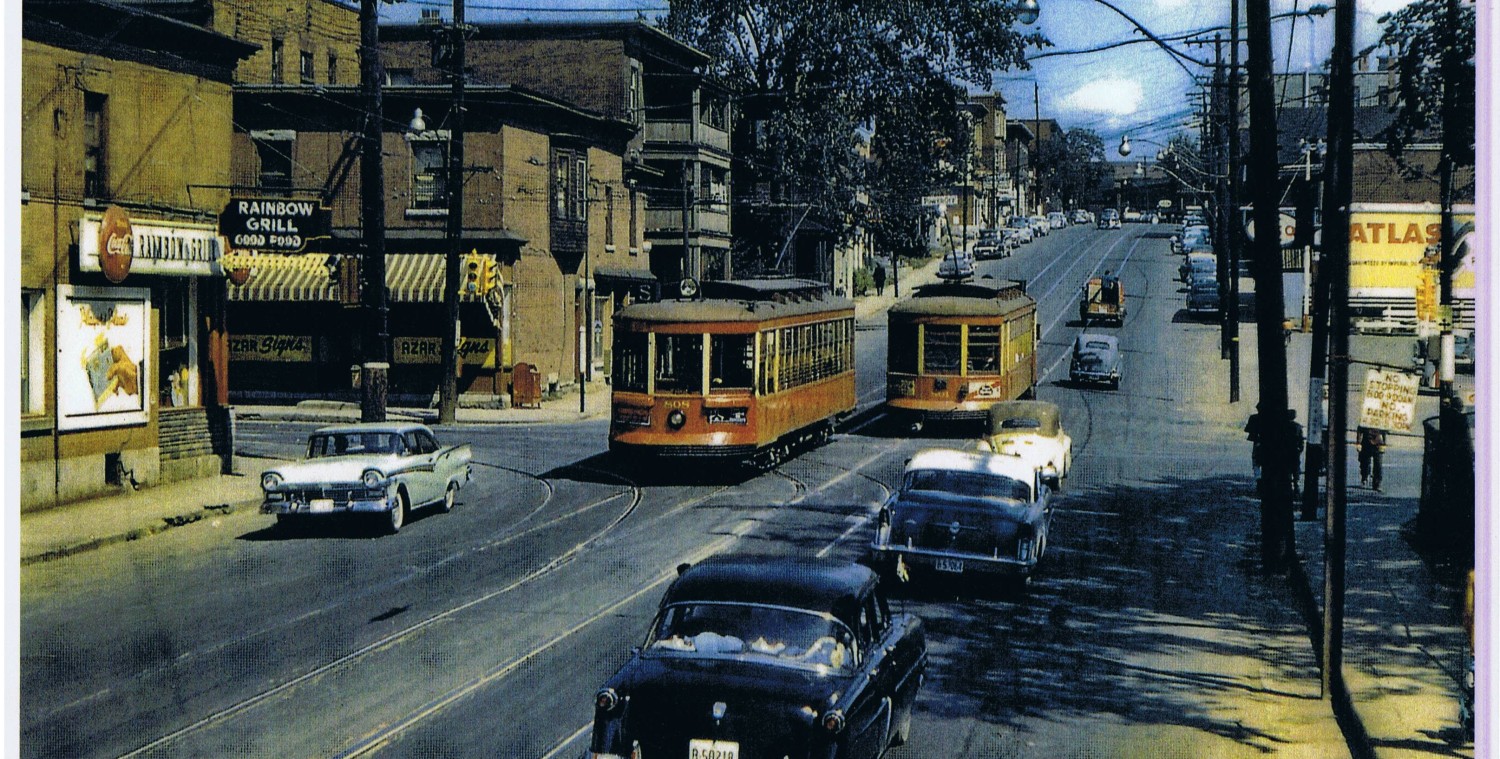Ottawa, which used to be progressive, is looking stodgier and cheaper every day. Other cities innovate; Ottawa scolds.
The pedestrian countdown signal shown above cannot be in Ottawa. It shows the pedestrian how long s/he has to cross the street, in this case a generous 93 seconds. (Does Ottawa ever have such a long crossing time? we won’t find out easily …).
Ottawa has countdown signals on many pedestrian crossings at busy intersections. Yet it chooses to hide all the useful, positive information available to it. Wouldn’t it be nice if you were in a wheelchair, using a walker, or just being a slow mover due to age, infirmity, or being with a wiggling two year old, wouldn’t it be nice to know how long you’ve got to cross the street? If necessary, you can choose to wait for the next fresh light to maximize your crossing opportunity.
Gatineau, shown above, provides this information. At the intersection, I feel delighted to have such a generous crossing time. And delighted just to be treated positively.
But Ottawa chooses to hide the information. It will only tell the pedestrian when the time is almost run out, when the red hand is flashing, when the message is all negative – don’t start to cross ! Hurry up ! You’re gonna be in the wrong!
It seems pretty obvious to me that the Gatineau system is far superior to the Ottawa one. Ottawa has the information, it has the means to display it, the information is useful to pedestrians and maybe motorists too, and yet … our engineers choose to conceal it.
Last week in St John’s, Nfld I noticed they had the same information-rich countdown signals, that cheerfully tell pedestrians how long they have to safely cross the street.
Here’s Cambridge, MA, which also believes pedestrians can handle information:
Ottawa, which used to be progressive, is looking stodgier and cheaper every day. Other cities innovate; Ottawa scolds.






A lot of the crossings in Centretown now have countdowns. You’re right that it makes a big difference for pedestrians.
I believe it was in “Traffic” that I read that the countdowns can lead to more aggressive drivers as they try to beat the clock or fixate on how long they have to get through the intersection (as opposed to watching for the pedestrians). And that pedestrians tend to take riskier crossings because they think they can beat the countdown ala Indiana Jones.
I am finding that the city has and continues to be secretive with the data it produces both on traffic signals and just plain data. I asked a question to OC Transpo (a city agency) a simple question, can I get a list of all their bus routes and a average daily ridership for each. I had to ask because most Canandian transit services have this info. available on their websites with just a simple amount of searching. The city told me that it was priviledeged and I would need to get a freedom of information request for it.
I would love this information to be available. I now walk much slower and so usually just wait for a fresh light rather than risk getting caught. While many intersections have time countdowns, that only becomes active once the don’t walk part starts. Many intersections, including Carling at Sherwood, start that countdown at 5 seconds. This is too short if you are already out in the intersection!!
I read the same thing, although I’m not sure I entirely buy it. When I drive and I just see a flashing hand, I tend to speed up a little in an effort to beat the light – after all, who knows when it’s going to turn red?
But with the countdown, I can tell when I can and cannot make a light. In the case of the latter, I’ll will slow down well before the light turns red in recognition that I would not have made it anyway. More information is always better.
That said, the Gatineau lights are great – although I do find that a number of the major crossing force pedestrians to “push the button” in order to cross (rather than an automatic walking signal). That irritates me to no end. Heck, the Portage bridge lights sometimes don’t even recognize that you’ve pushed the button…
It could be really interesting to have that info even further ahead of time too – like an app or website where people who need a little extra time could map a walking trip and know how much time they will have to cross.